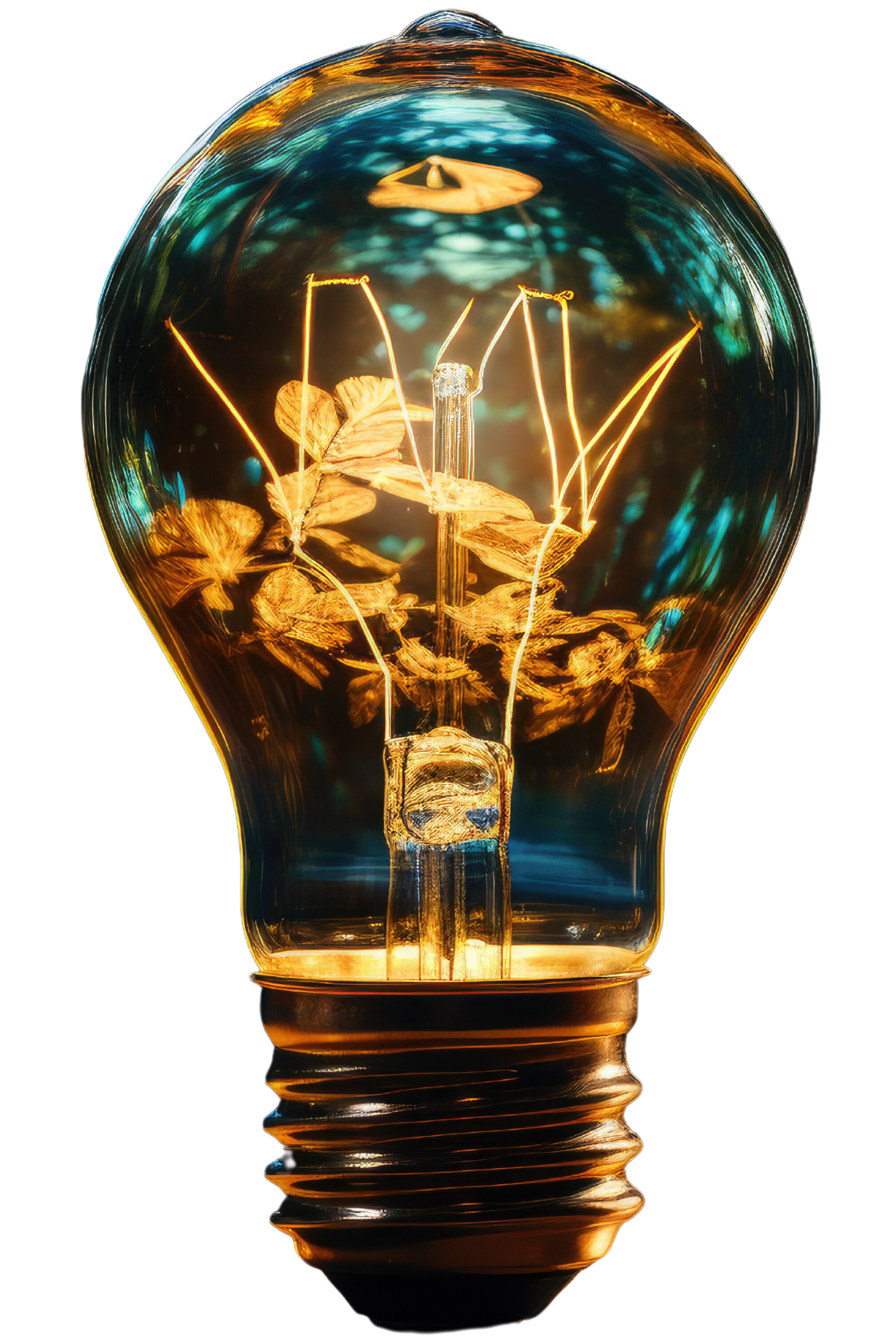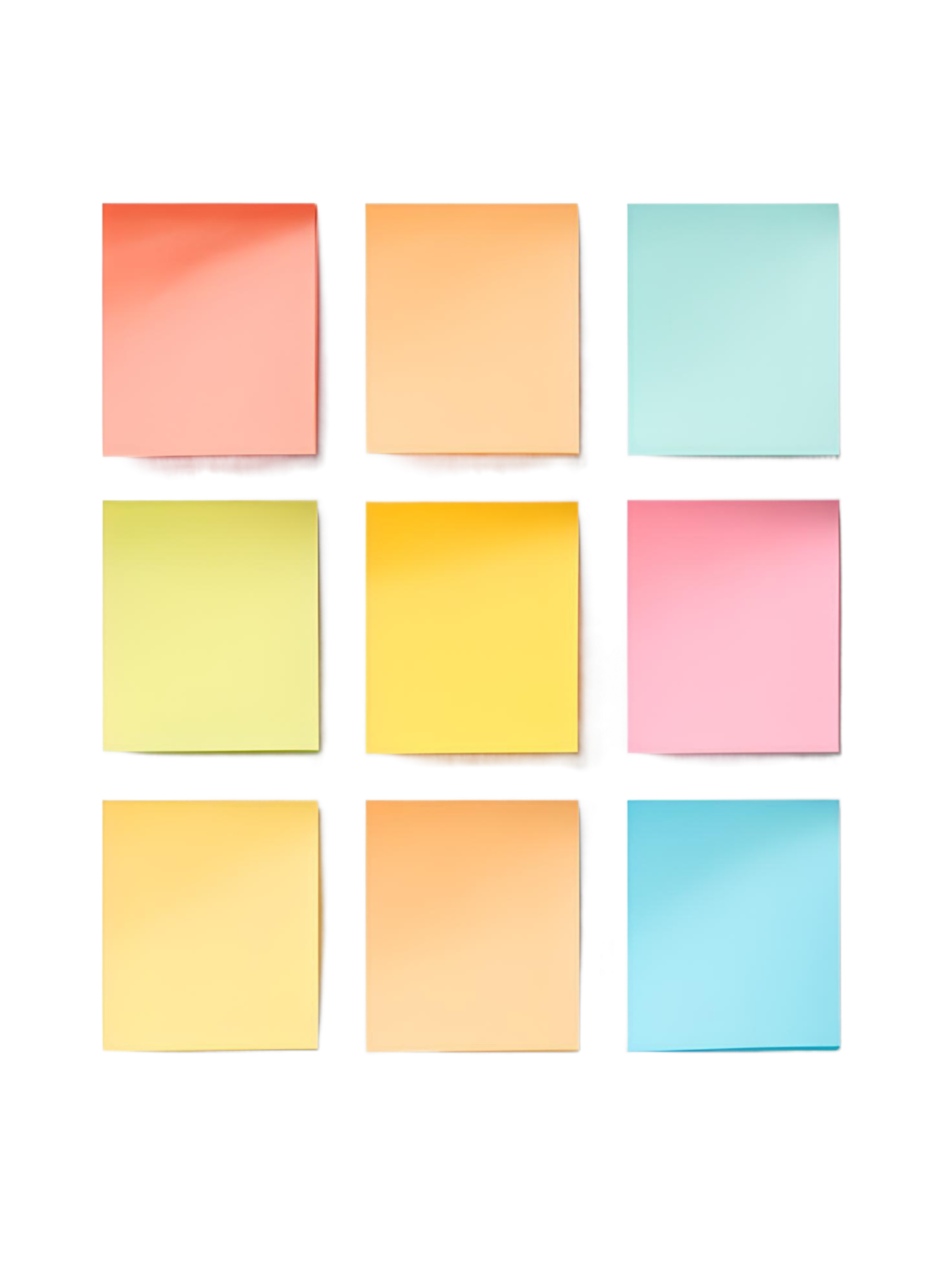Creative problem-solving and Prototyping
NextGEN UX
NextGEN UX is about unleashing your team’s creative potential by using strategic UX research insights as a stimulus in creative problem-solving workshops. Here, we’ll create the space for ideas to imagine new product offerings your customers will love because they serve an unmet need. Following these ideation workshops, we’ll work with you to design prototypes or concept models to validate and ensure these new offerings are useful, useful and delightful.

Quote
Big innovation comes from the collision of ideas
The trick to having good ideas is not to sit around in glorious isolation and try to think big thoughts. The trick is to get more parts on the table.
But what are Creative Problem-Solving Workshops?
Creative Problem-Solving Workshops and Prototyping
Creative problem-solving workshops are structured sessions where teams tackle complex challenges and generate innovative solutions. Here’s a simple breakdown of what they involve:
- Team Collaboration: These workshops bring together diverse individuals from different departments, each offering unique perspectives and expertise. This diversity fosters a rich pool of ideas. We call this the Design Team, although it’s not just designers. The team typically includes product managers, engineers, and designers. Depending on the project and your organization, we also try to include representatives from other areas, such as customer support, data science, or product documentation.
- Problem Definition: While we have done good work already defining the problem before the Strategic UX Research phase, based on the insights from that, we may find we need to spend some time reframing.
- Ideation/Divergence: Participants engage in structured yet free-flowing ideation or divergence session(s). NextWAVE leads these sessions and may involve a larger group of stakeholders than the design team. The idea is to generate as many ideas as possible using various stimuli.
- Idea Evaluation/Convergence: After the ideation session(s), the design team evaluates the ideas, considering their feasibility, potential impact, and alignment with the company’s goals.
- Prototyping: The design team creates simple prototypes or concept models of their best ideas. These visual representations help to better communicate and understand the chosen solutions.
- Testing and Feedback: The design team then tests the prototypes and collects feedback. This step helps identify strengths and weaknesses in the proposed solutions.
- Refinement: Based on the feedback received, the team refines their solution(s), making necessary adjustments and improvements.


Level up your skills
CPS Workshops will Level Up Your Team’s Skills
Creative problem-solving workshops are design thinking in action. By engaging the whole design team and other stakeholders, they become immersed in the process and learn valuable skills in design, design thinking, facilitation, collaborative leadership and how to generate positive turbulence.
– James Dyson
